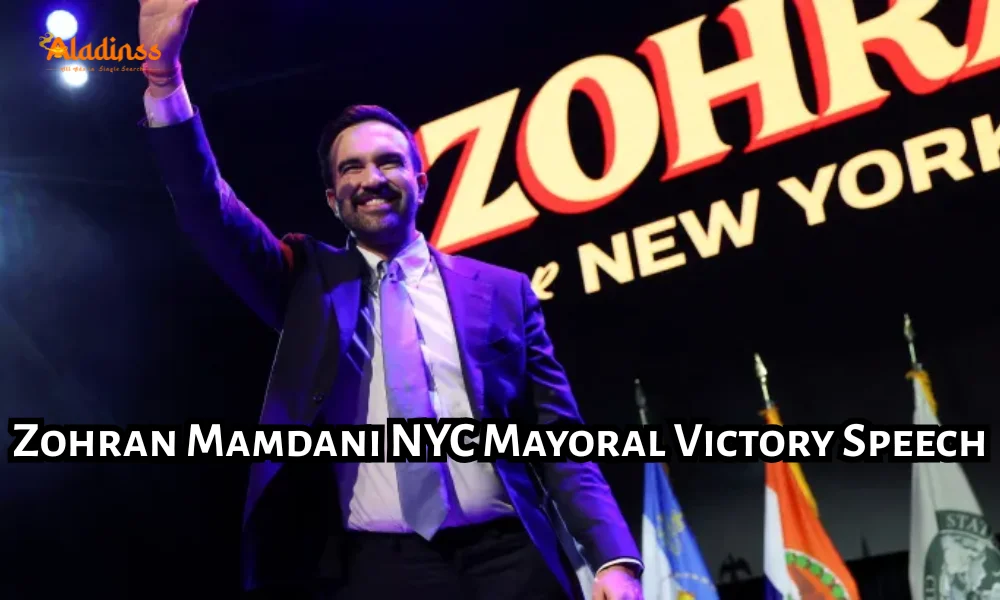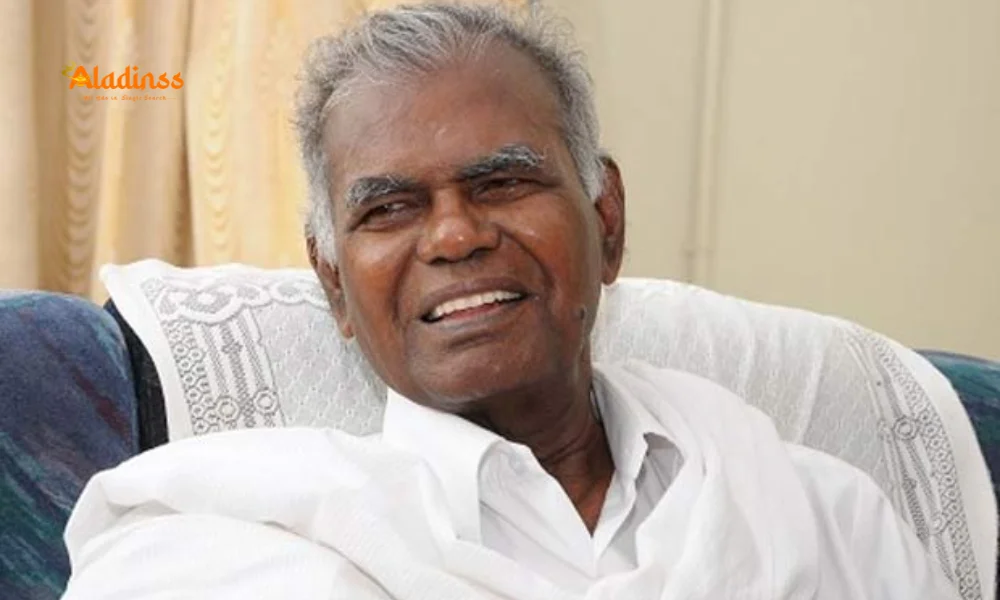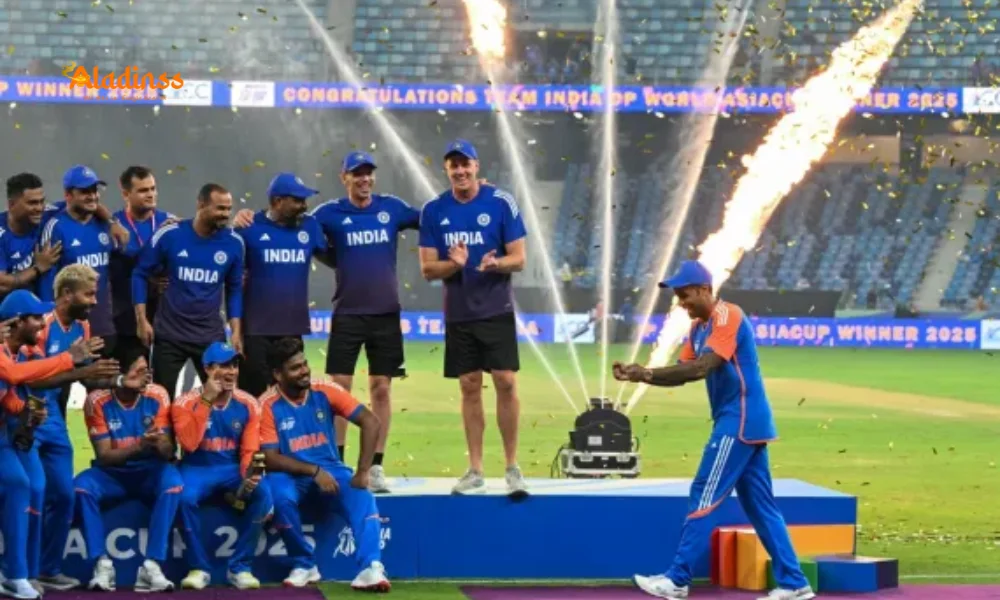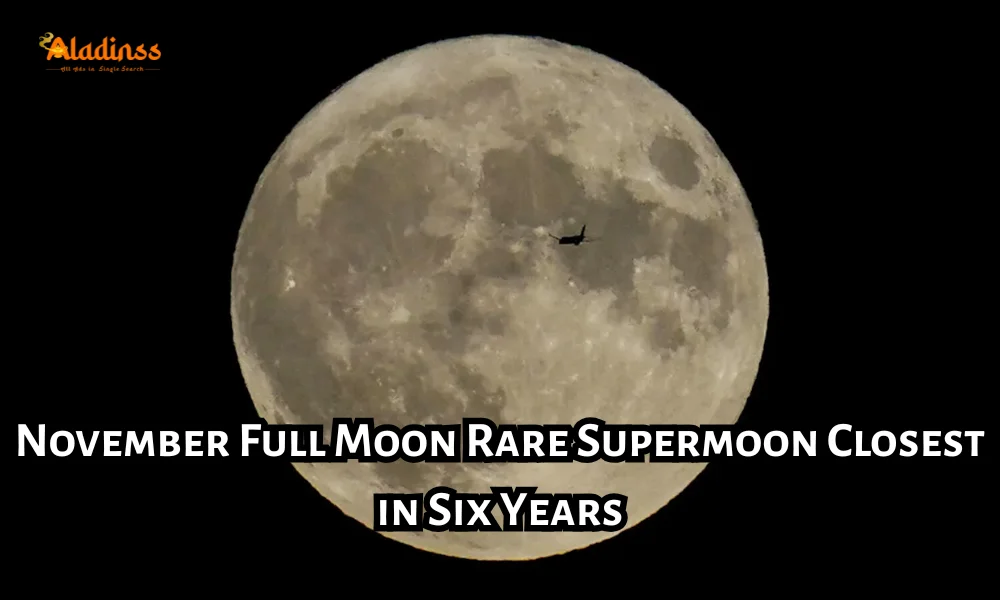China Helps India Delhi Air Pollution Crisis
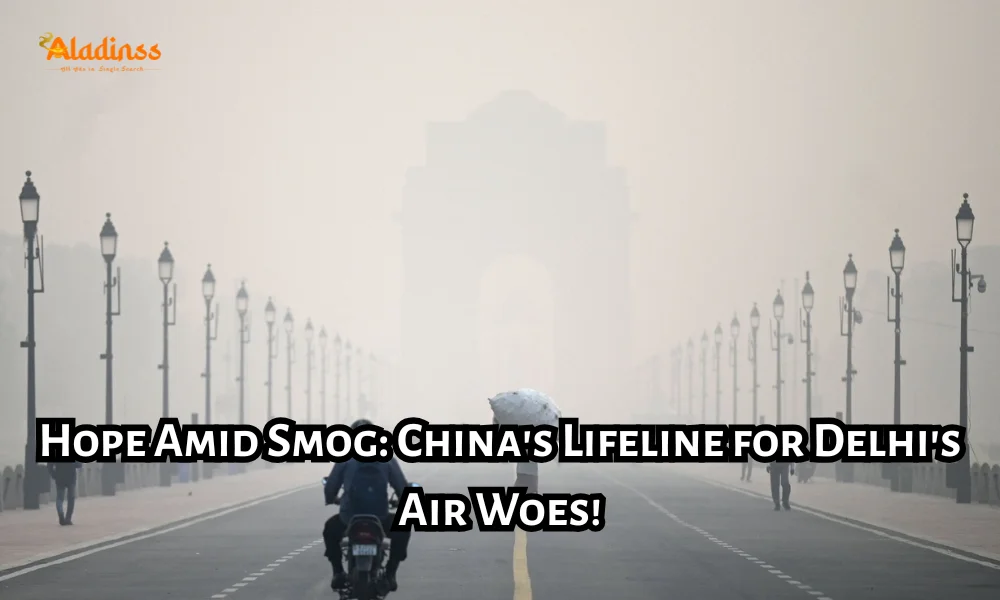
China Extends Hand to India Amid Delhi's Lingering Smog Battle
In a gesture of solidarity, China has stepped forward to assist India in tackling the persistent air pollution choking Delhi and its surrounding areas. As the national capital emerges from days of hazardous smog that pushed air quality into severe zones, Beijing's outreach highlights shared challenges and potential pathways to cleaner skies. Chinese Embassy spokesperson Yu Jing emphasized on social media that China, having navigated its own smog epidemics, is eager to exchange strategies for sustainable improvement. This comes as Delhi's Air Quality Index (AQI) shows marginal relief on November 5, 2025, dipping to the "poor" category around 230-281, yet still posing risks to vulnerable groups. With winter's chill amplifying seasonal woes, this collaboration could mark a turning point in India-China environmental diplomacy, blending expertise from coal-dependent economies toward healthier urban futures.
The offer resonates deeply amid Delhi-NCR's annual pollution spike, driven by stubble burning, vehicular emissions, and industrial outflows. While Tuesday's readings hovered near 420 in severe territory, today's slight easing offers cautious optimism, though experts warn of prolonged exposure's toll on lungs and hearts. As winds shift and light rain looms, residents brace for uneven recovery, making international insights from China's transformation all the more timely.
This diplomatic nudge arrives against a backdrop of strained bilateral ties, yet underscores how ecological threats transcend borders. By pooling lessons from Beijing's aggressive clean-up drives, India might accelerate its National Clean Air Programme, fostering not just breathable air but stronger regional ties.
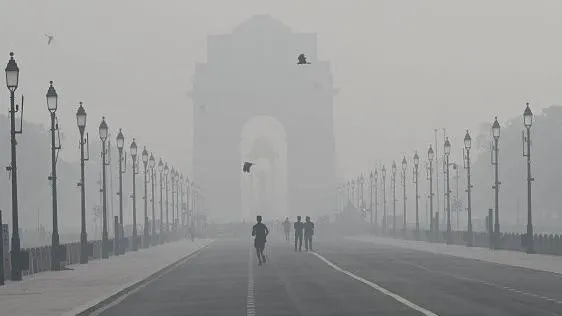
Also Read: Guru Nanak Jayanti 2025 Gurpurab Wishes
Beijing's Bold Outreach: Sharing the Path to Clearer Skies
Yu Jing's message on X captures a pivotal moment: "China once struggled with severe smog, too. We stand ready to share our journey toward blue ones and believe India will get there soon." This isn't mere rhetoric; it's rooted in China's dramatic pivot from the 2013 "Airpocalypse," when Beijing's AQI routinely topped 500, blanketing the city in toxic haze. Through a $100 billion war on pollution, Beijing slashed PM2.5 levels by over 50% in a decade, enforcing coal plant relocations, electric vehicle mandates, and real-time emission monitoring. Now, as Delhi mirrors those early struggles with AQI spikes from farm fires and traffic jams China's blueprint offers actionable blueprints, from urban green belts to AI-driven enforcement.
Experts view this as a pragmatic alliance, free from geopolitical baggage. "China's model proves top-down regulation works when paired with public buy-in," notes environmental analyst Dr. Priya Singh, highlighting phased vehicle bans and factory shutdowns that tamed industrial hotspots. For India, adapting these could mean scaling up the Graded Response Action Plan (GRAP), which already curbs construction during peaks, but needs bolder enforcement to match Beijing's results.
The timing feels urgent: Delhi's winter inversion traps pollutants, exacerbating a crisis that claims thousands of premature deaths yearly. By embracing shared learnings, India could leapfrog incremental fixes toward transformative change.
Delhi-NCR's Pollution Pulse: From Severe to Poor, But Perils Persist
November 5 dawned with tentative improvement across Delhi-NCR, as the Central Pollution Control Board (CPCB) clocked the city's overall AQI at 230, edging out of severe into poor territory. Yet, hotspots tell a grimmer tale: Anand Vihar lingered at 279, Ashok Vihar at 370 echoes of yesterday, and Ghaziabad's Loni hit 420 levels that cloak streets in visible smog and irritate eyes on sight. Noida's Sector 125 fared better at 345, but Sector 116's 357 underscores uneven dispersion, where wind patterns dictate breathability block by block.
Ghaziabad emerged as a flashpoint, with Vasundhara at 389 and Sanjay Nagar at 360, fueled by cross-border emissions from brick kilns and diesel generators. This patchwork pollution severe in industrial belts, poor in greener pockets highlights NCR's interconnected fate, where one area's farm residue bonfires seed another's toxic brew. Health watchdogs report a 20% uptick in respiratory cases, urging masks and indoor air purifiers as staples amid the haze.
Meteorological shifts offer glimmers: The India Meteorological Department (IMD) predicts light drizzle Wednesday, potentially washing particulates and stirring stagnant air. Temperatures will slide from 29°C highs to 27°C by November 9, with lows dipping to 15°C, possibly trapping more fog but aiding dispersion if winds cooperate. Still, officials caution against complacency morning and evening commutes remain dicey, with AQI forecasts hovering in the 200-300 range through the weekend.
- Anand Vihar: 279 (poor), vehicular exhaust hotspot.
- Ashok Vihar: 370 (very poor), residential dust contributor.
- Loni, Ghaziabad: 420 (severe), industrial overflow zone.
- Sector 125, Noida: 345 (very poor), construction-linked spikes.
China's Smog Saga: Lessons Etched in Blue Skies
China's pollution odyssey, from choking megacities to breathable metropolises, spans a resolute decade. In 2013, Beijing's "war on pollution" mobilized 25 action points, shuttering 2,000+ coal boilers and retrofitting millions of vehicles with cleaner tech. By 2025, PM2.5 concentrations plummeted 57% nationally, with Beijing logging zero severe days in early months a feat Delhi aspires to, having notched similar clean stretches from January to October this year. Key tactics? Satellite surveillance for illegal burns, subsidies for renewables, and public shaming of violators via apps tools that could supercharge India's satellite-based stubble monitoring.
Beijing's $100 billion blueprint prioritized hotspots, relocating 1,000 factories and planting urban forests that absorb 10 million tons of CO2 yearly. For Delhi, emulating this means aggressive odd-even schemes, expanded metro lines, and incentives for EV adoption already underway but ripe for Sino-Indian tweaks. Critics note China's authoritarian edge enabled swift compliance, yet India's democratic model can thrive via community-led audits and awareness drives.
This exchange isn't one-sided: India shares tropical pollution nuances, like monsoon-dust synergies, enriching bilateral forums. As Yu Jing implies, mutual journeys yield shared victories.
Health Hazards in the Haze: Protecting Delhi's Most Vulnerable
Delhi's toxic veil exacts a stealthy toll: Prolonged AQI exposure inflames airways, spiking asthma attacks by 30% during peaks and elevating cardiovascular risks for all. Children inhale 50% more per breath relative to size, absorbing toxins that stunt lung growth, while elders face exacerbated COPD flares. Eye stings and throat burns are immediate, but long-term, fine particulates lodge deep, fostering cancers and cognitive fog.
Pulmonologists recommend N95 masks outdoors, HEPA filters indoors, and hydration to flush irritants simple shields against the invisible assault. For asthmatics, nebulizers and steroids stand ready, with hospitals reporting overflow in November wards. Vulnerable cohorts outdoor laborers, schoolkids benefit from staggered timings and virtual classes, measures GRAP enforces sporadically.
China's playbook adds behavioral nudges: Apps tracking personal exposure, gamified for youth engagement. Integrating these could empower Delhiites, turning passive endurance into proactive defense.
Weather's Whisper: Rain and Winds as Pollution's Fickle Foes
IMD's outlook tempers hope with realism: Wednesday's drizzle might scrub 10-15% of particulates, but without sustained northerlies, relief proves fleeting. Cooling mercury from 29°C to 27°C highs invites thermal inversions, where cold ground air locks warmth (and pollutants) aloft, prolonging the shroud. By November 9, mins at 15°C could frost mornings, curbing activity but trapping fumes longer.
Past patterns show rain's double edge: It cleans surfaces but mobilizes road dust into inhalable sludge. Officials advise against post-drizzle exertion, favoring sealed homes with ventilation timed for cleaner slots. China's experience? Artificial rain via cloud seeding, trialed in Delhi last month but yielding mixed results due to arid conditions. Refining this Sino-inspired tech could become a seasonal staple.
Forecasts pivot on jet streams; a stronger westerly burst might flush toxins toward the Bay, but delays spell extended alerts.
Roots of the Crisis: Stubble, Smoke, and Systemic Snags
Delhi's smog stew simmers from multiple pots: Punjab-Haryana stubble fires contribute 30% of winter PM2.5, vehicular tails 20%, and industries/dust the rest. Despite subsidies for bio-decomposers, 2025's harvest rush ignited 15,000+ blazes, seeding black carbon plumes that drift south. Construction booms, unchecked in suburbs, loft particulates, while Diwali remnants linger from October.
Systemic hurdles compound: Enforcement gaps in GRAP stages, with Stage IV bans on non-essential flights often contested. Beijing bypassed this via centralized edicts, but India's federal weave demands coordinated statesmanship precisely what Sino-India dialogues could forge.
Grassroots fixes, like community composting hubs, gain traction, echoing China's village-level enforcers.
Global Echoes: Delhi's Plight in the Pollution Pantheon
Delhi ranks sixth globally for PM2.5 in 2025 studies, trailing Lahore and Dhaka but outpacing Beijing's reformed metrics. This club of choked capitals shares rapid urbanization's curse, yet China's rebound inspires: From 2013's 90 µg/m³ averages to 2025's 35, via 80% coal-to-gas shifts. India, aiming for net-zero by 2070, eyes similar pivots, with solar incentives mirroring Shanghai's rooftop arrays.
International pacts like COP29 loom, where Delhi's narrative amplifies calls for green tech transfers China's forte in affordable panels and batteries.
Locally, 2025's clean-air dream feels tangible, per analysts, if Beijing's playbook inspires bolder budgets.
Actionable Steps: Everyday Wins Against the Smog
Individuals armor up: Carpool to slash tails, opt for public transit, and shun idling. Home hacks include vinegar wipes for dust and indoor plants like snakeweed for natural filtration. Schools enforce no-burn policies, while corporates audit emissions for CSR credits.
Policy-wise, emulate China's 2025 plan: Ban old diesels by July, cap heavy trucks, and digitize compliance. Delhi's Beijing-inspired mega-plan, in works since October, eyes EV-only zones and AI smog predictors.
Collective resolve, sparked by China's hand, could crown Delhi's skies blue.
Diplomatic Dividends: Pollution as a Bridge Builder
Beyond air, this overture mends fences: Past SCO summits touched greens, but direct embassy channels signal thaw. Shared BRICS goals amplify, with joint R&D on scrubbers or afforestation.
Skeptics flag data transparency China's early underreporting but mutual audits build trust. For Delhiites, it's pragmatic: Cleaner air trumps politics.
As November unfolds, this alliance whispers promise: From shared struggles to shared triumphs, one breath at a time.
Comment / Reply From
No comments yet. Be the first to comment!

